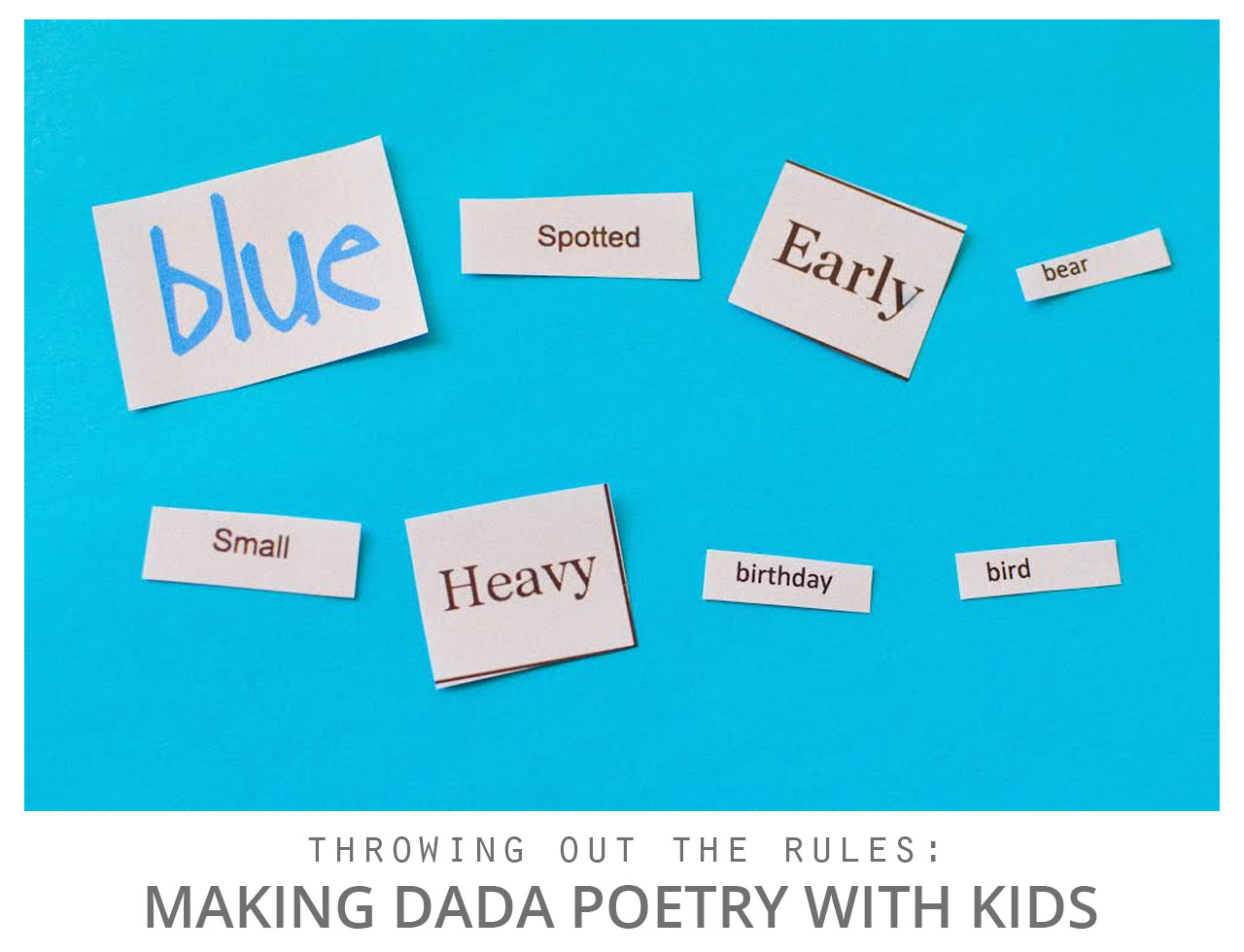 The Dada art movement existed at the beginning of the 20th century and looked to explore meaning in art. They were interested in abstract and surreal ideas and challenged the conventional notions of what art means. So how does this translate to children?
The Dada art movement existed at the beginning of the 20th century and looked to explore meaning in art. They were interested in abstract and surreal ideas and challenged the conventional notions of what art means. So how does this translate to children?
Well, who do you know who likes to challenge ideas? Who is creative? Who likes to play? Of course, your children do. So why not play with poetry too? We often think of poetry as grand and untouchable, serious even, but teaching children to be unafraid of poetry, to embrace its possibilities will quickly turn them into poets themselves.
The Dadaists believed in challenging the conventional, they wanted to throw away the old and embrace new possibilities. An activity some Dadaists tried was simply pulling words out of a hat and turning that into poetry, they wanted to show that it could be simple and meaningful too.
I always loved the idea that words could flow into one another and still make sense, that we can find meaning in all sorts of constructions. This is an activity I’ve tried with teenagers and young kids alike, they have all loved it and found meaning in their work. It’s a great way to break down the barriers many people have around poetry and encourage creativity in a new way.
What you’ll need:
Word lists:
Color words (cerise, scarlet, cerulean..)
Verbs (running, twisting, loving, flying…)
Prepositions (to, from, under, near….)
Articles (the, an, a….)
Nouns (she, cat, leaf, stars, Paris…)

The lists above are a good starting point but you’ll soon think of more! Once your kids get the hang of making their own poetry they will want to start adding the words that they enjoy too.
Cut the words up and mix them together. You could keep each category separate or mix them all in one big pile, it’s up to you. Tell each child to pick a certain amount of words (10-20) and them simply place them on a piece of paper in the order the come out in.
I would suggest that you set a limit for the length of each line, 5-8 words should be more than enough. That way your words will soon build to a stanza or verse. Once your words are organized you can stick them down, add to them, reuse them…it’s up to you!
If your child doesn’t like the order of the words and wants to rearrange them, that’s ok too! The point of the exercise is to inspire them and let their creativity take charge. As long as they are playing with words then the enterprise is a success.
Once your child has completed their poem, encourage them to add images and to play with adding colors to their work. It will help them to express the thoughts and feelings their poem has brought up for them. They could cut out images from magazines, draw their own pictures or simply color around the words that attract them the most.
I’m constantly amazed at the powerful impact the simple act of creating poetry can have on the young ones in our lives. Their capacity to embrace ideas that are different, or seemingly nonsensical, is what makes them natural artists, natural creators.
Don’t forget, this activity is also suitable for grown ups!

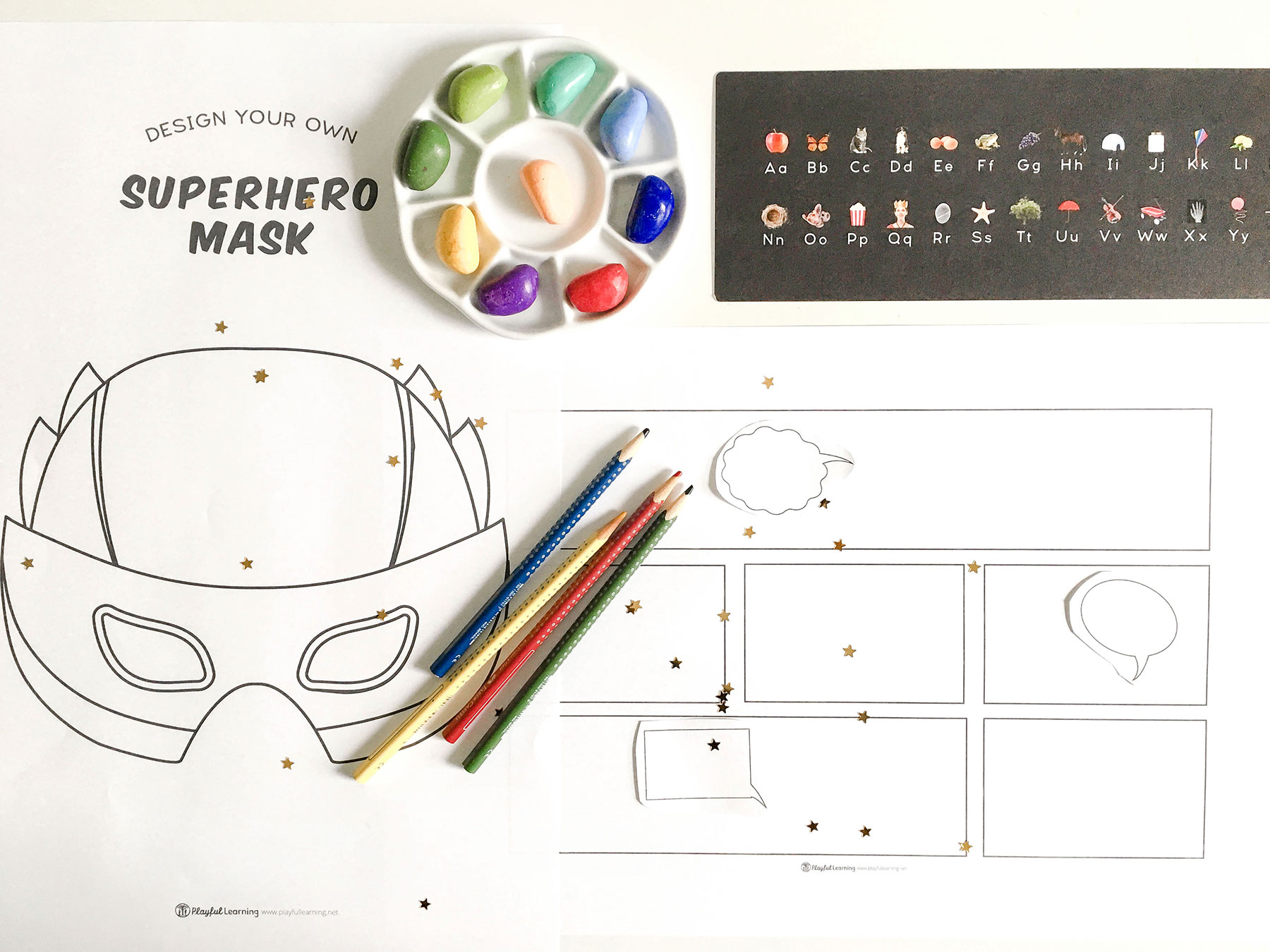
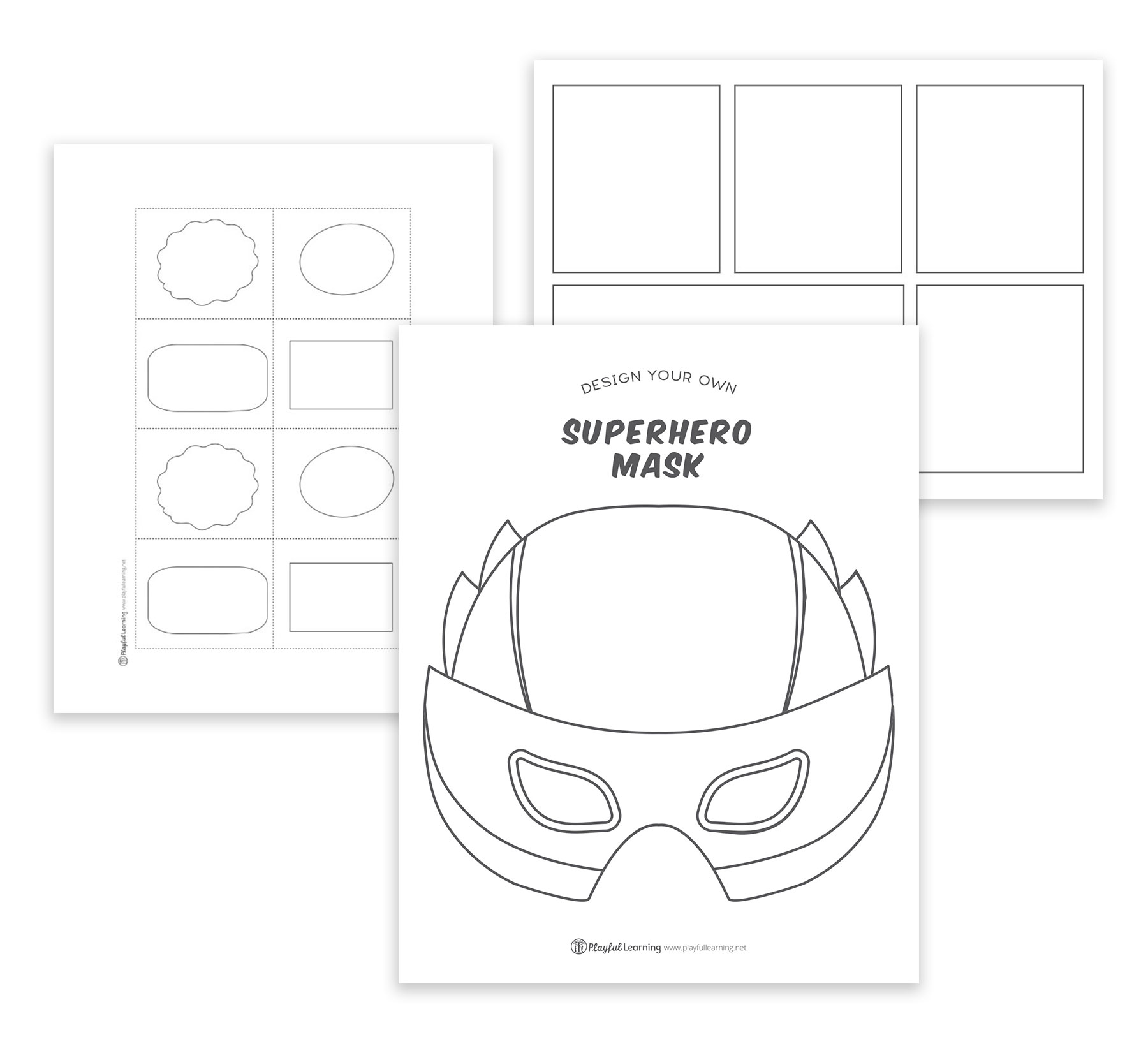

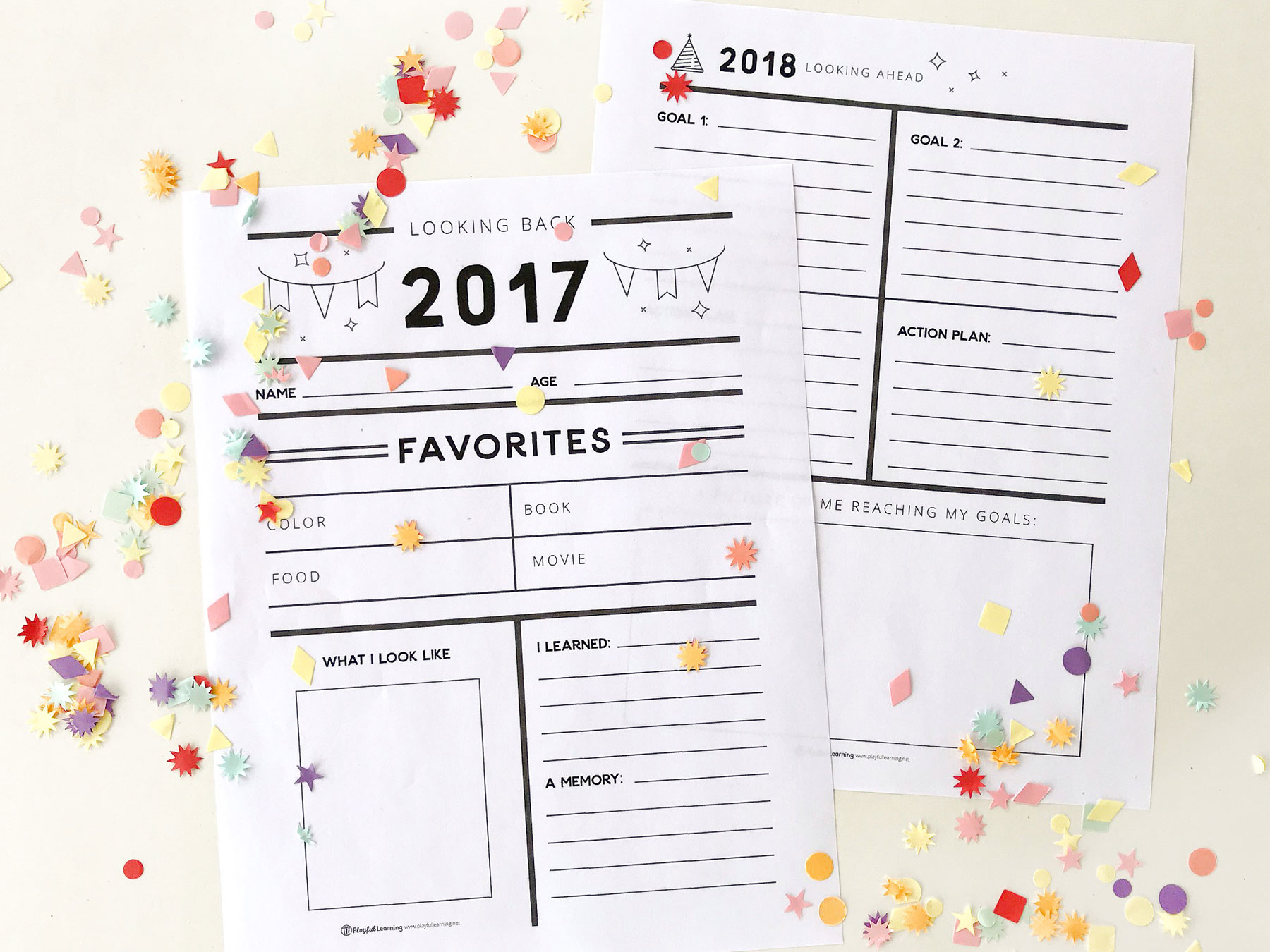
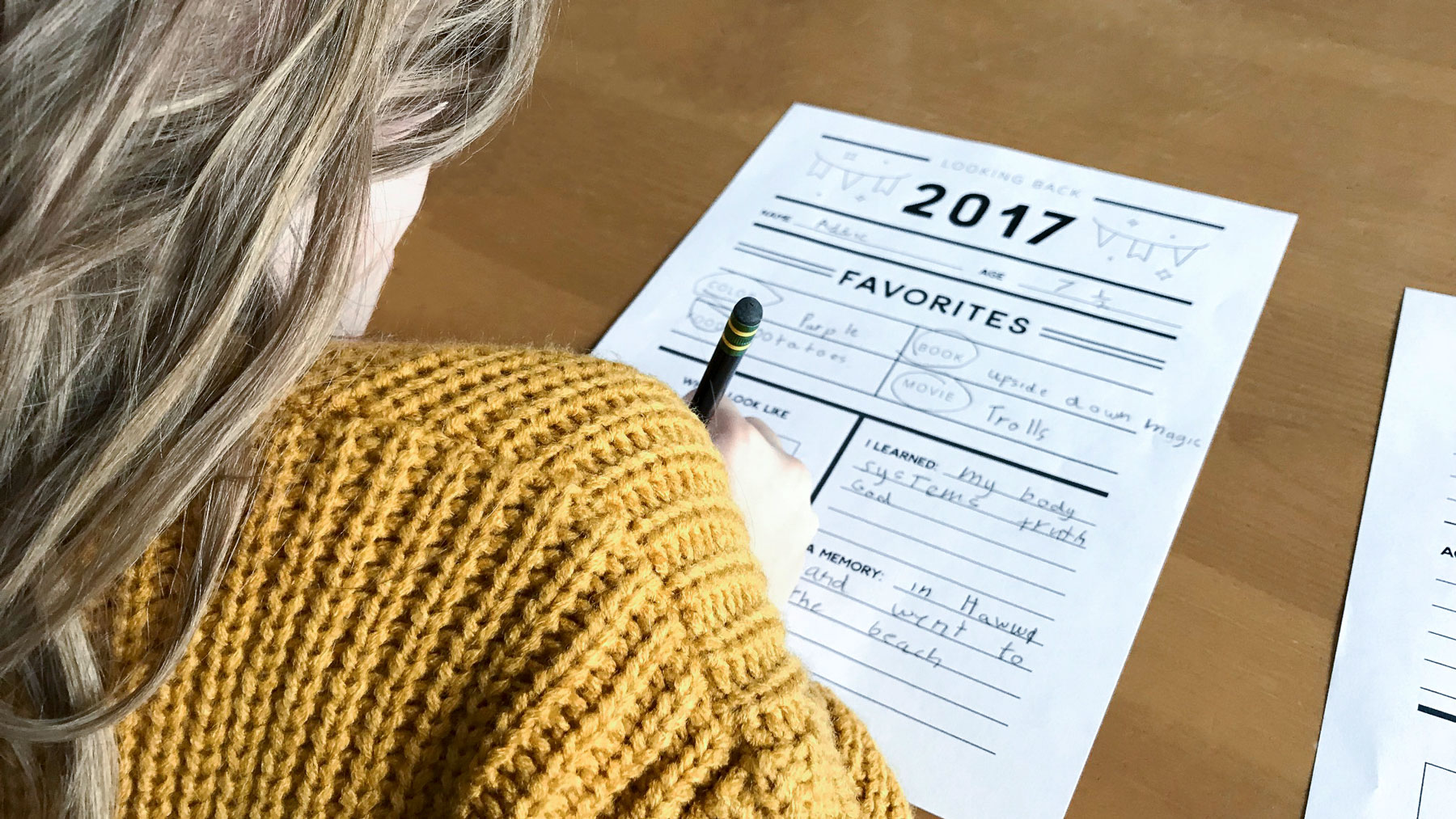
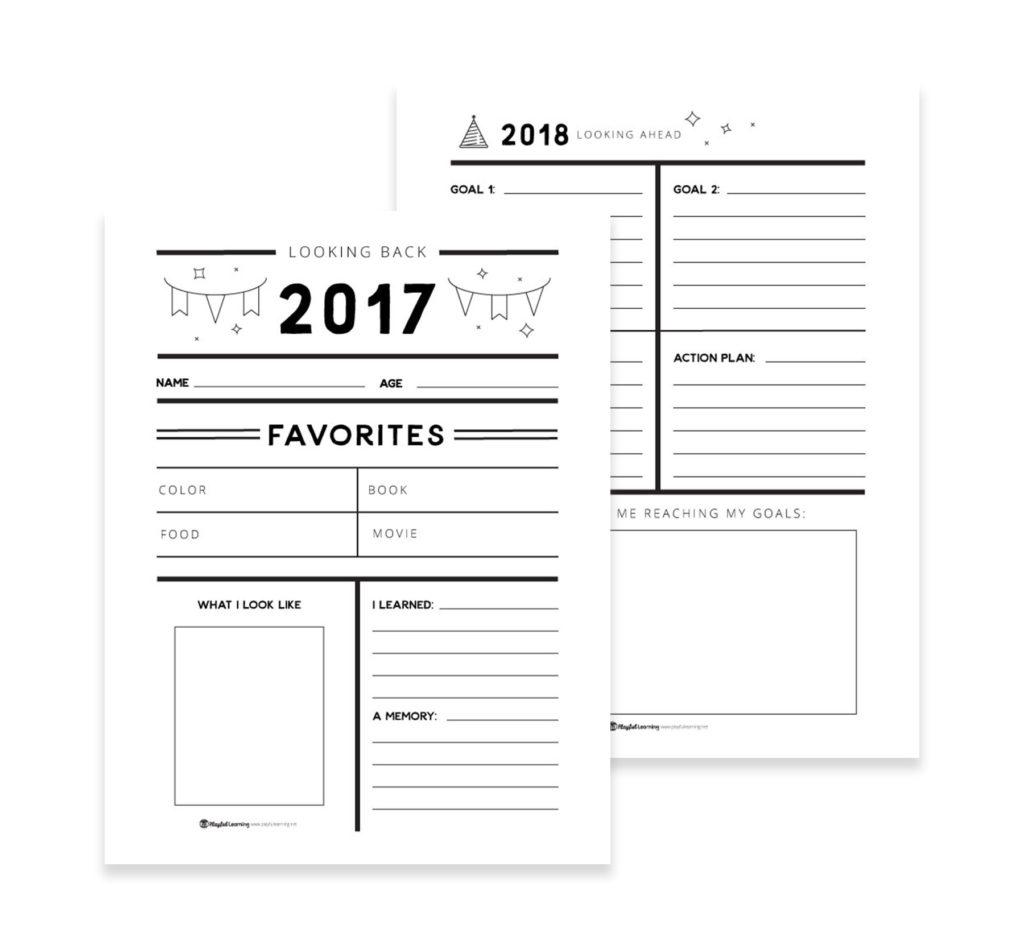

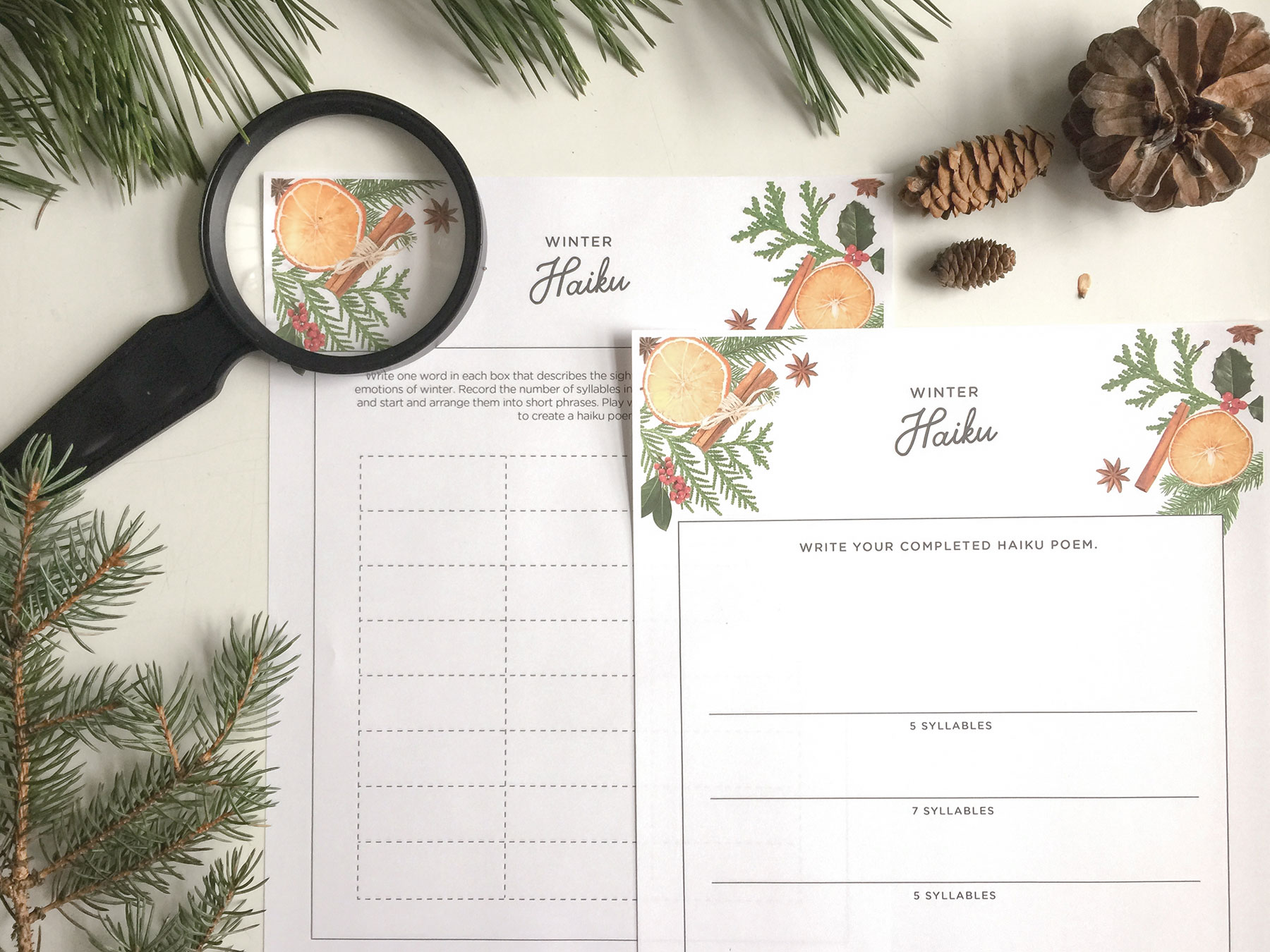

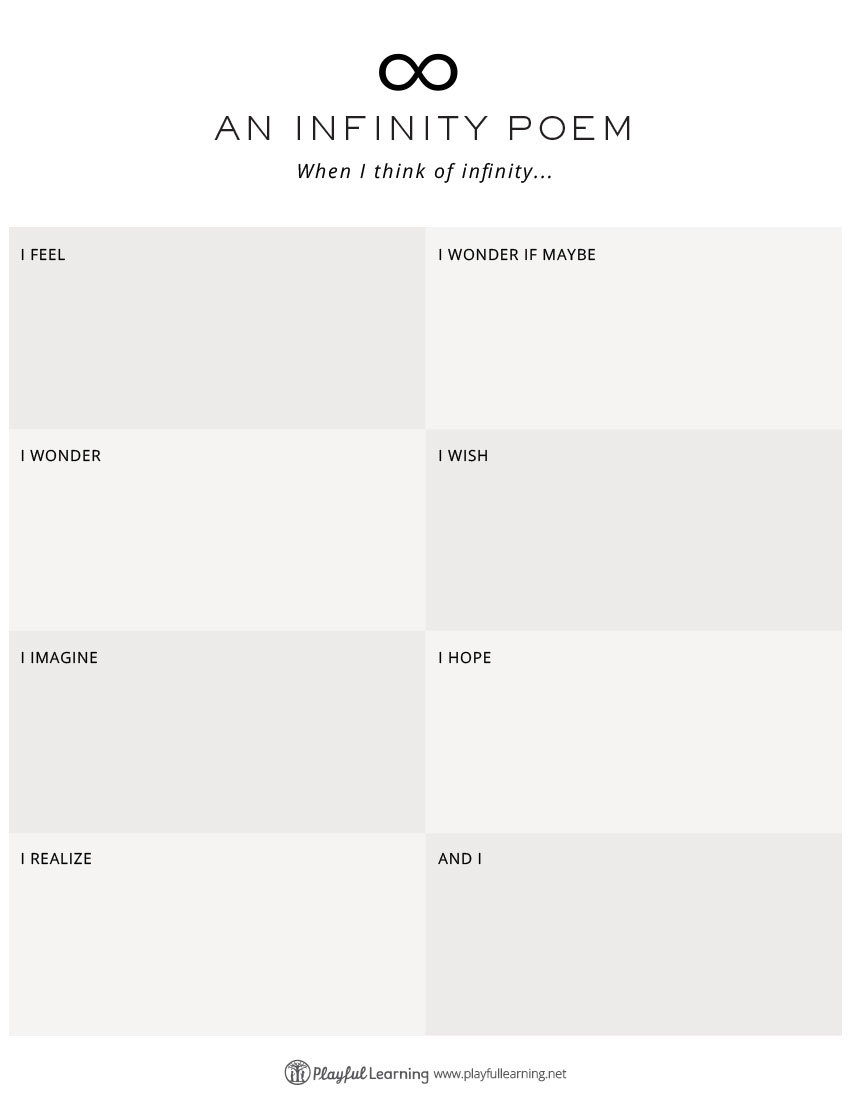

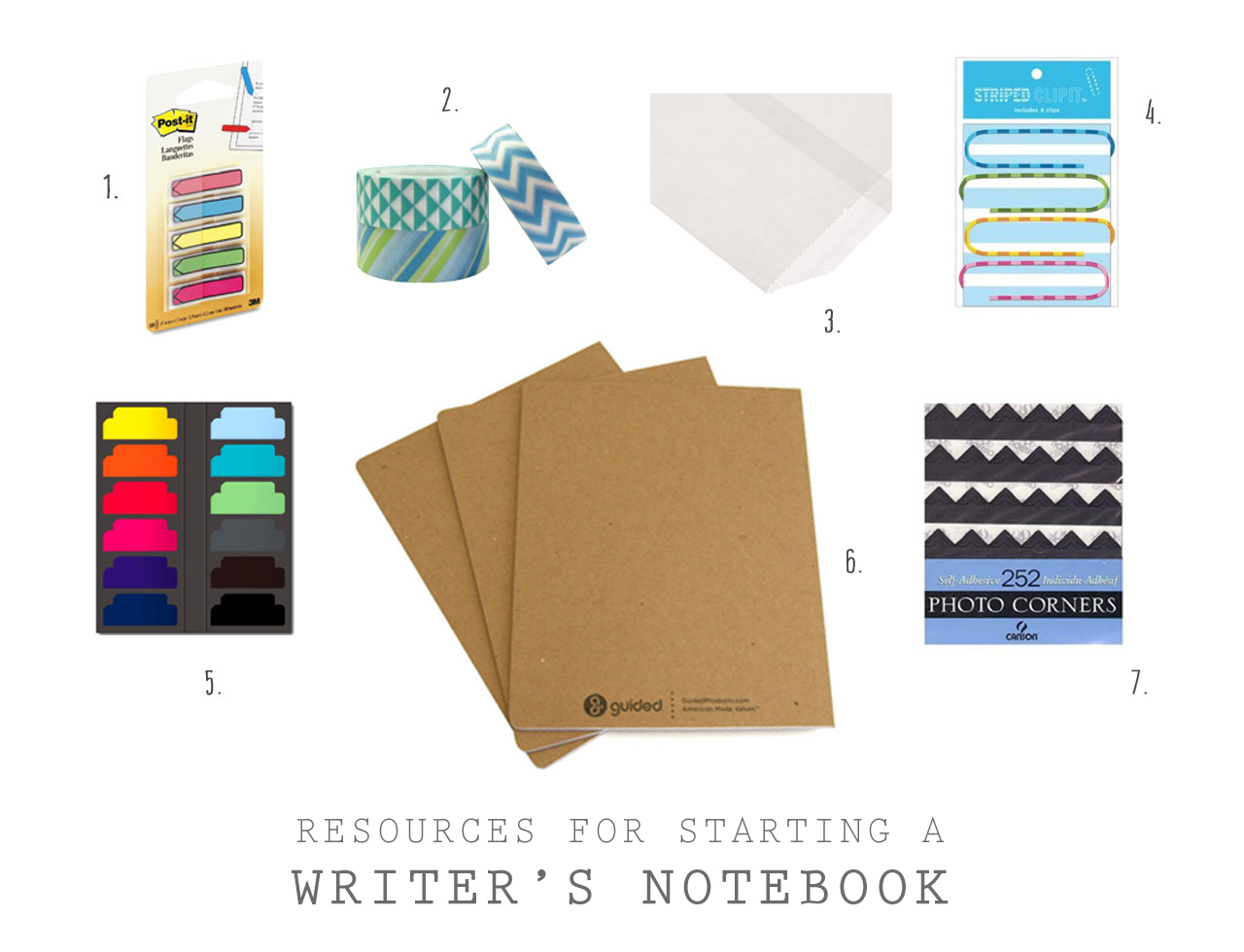
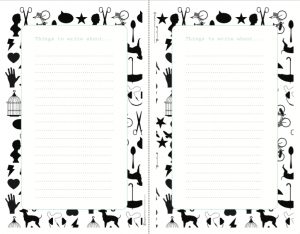
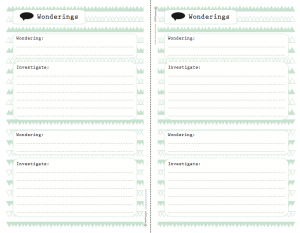
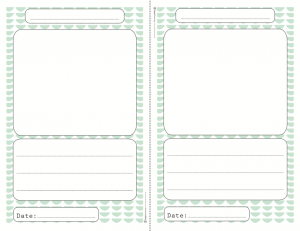
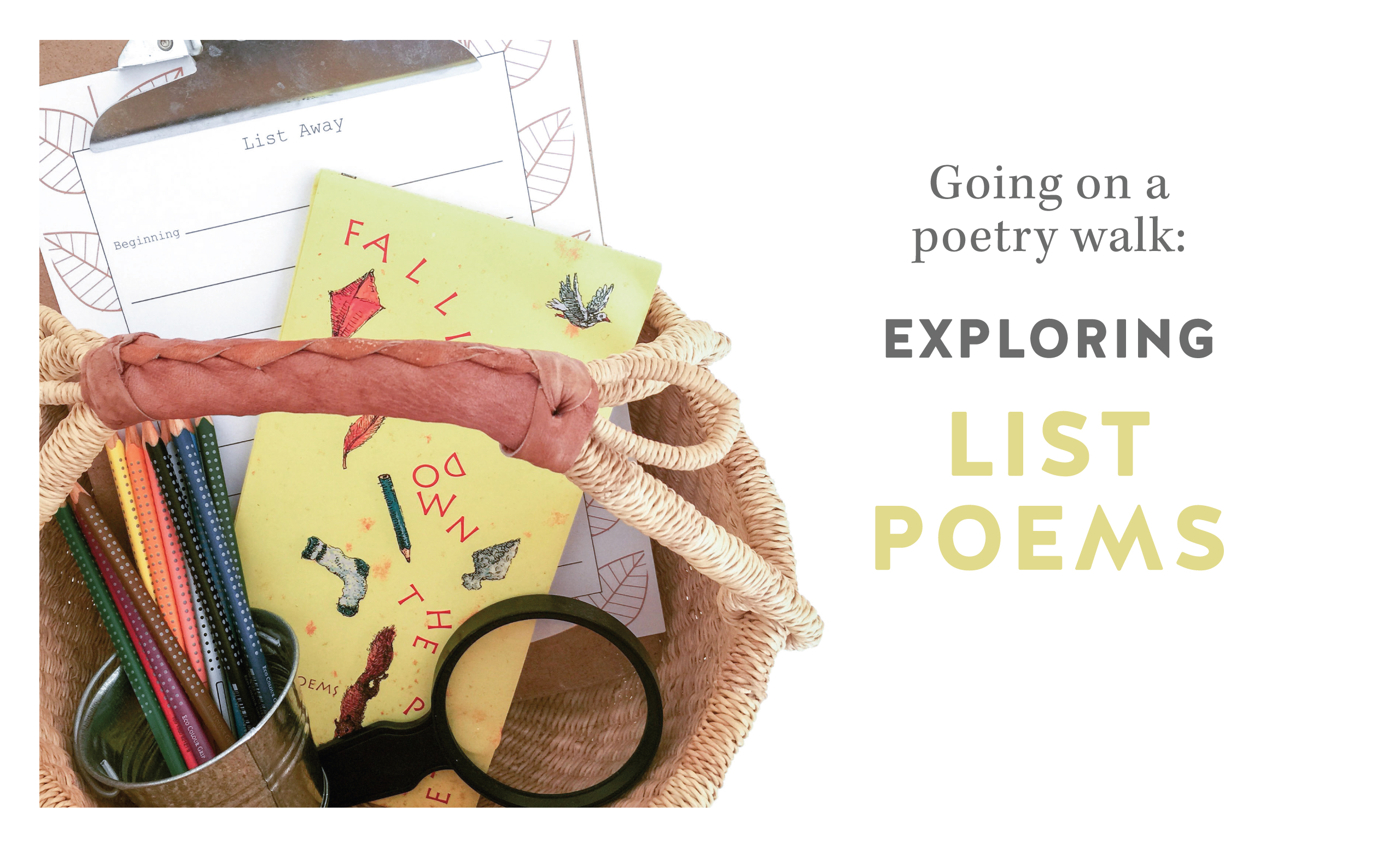

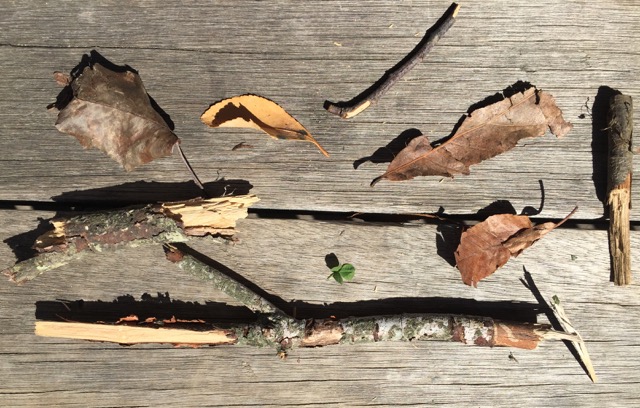
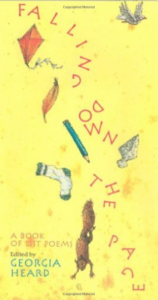
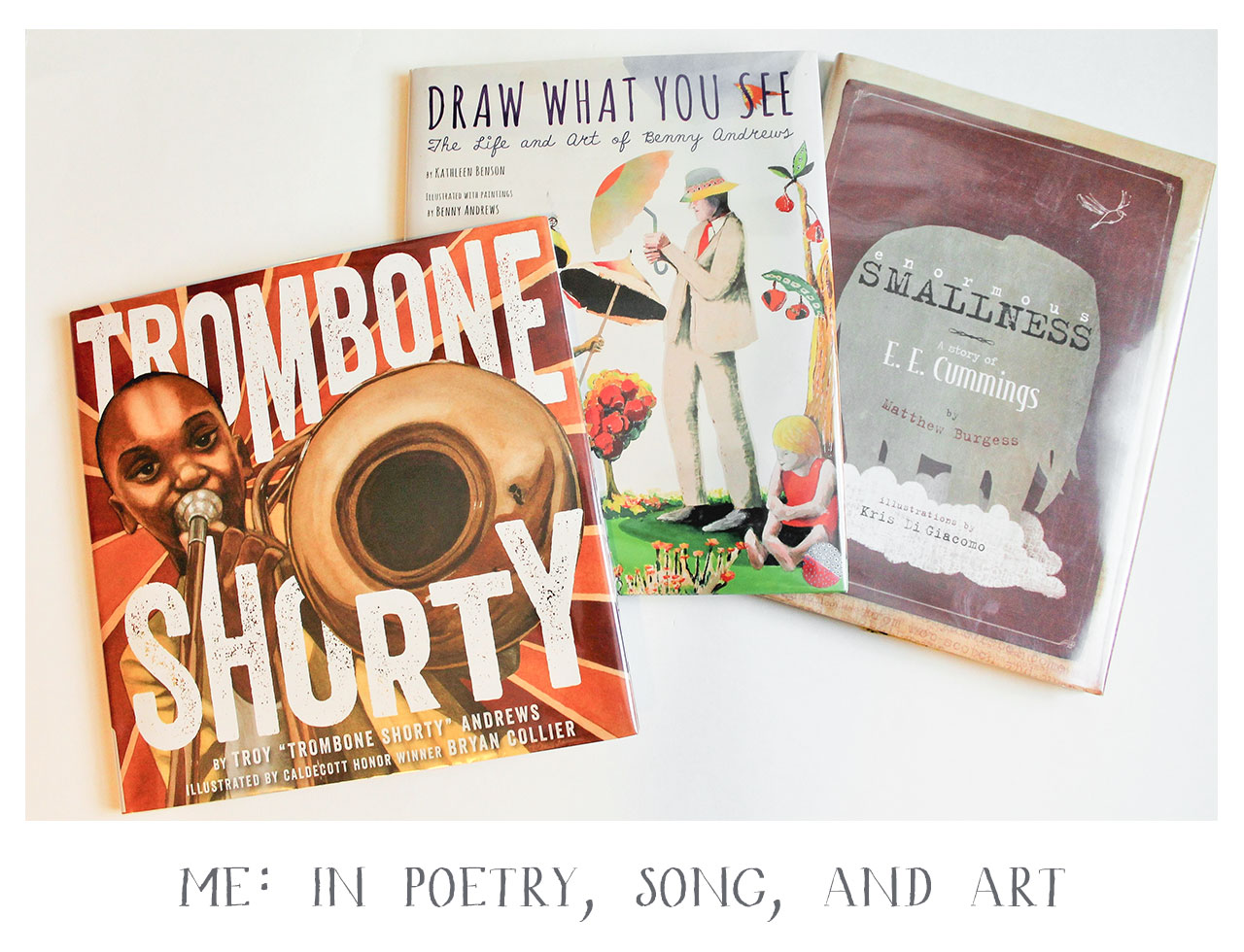
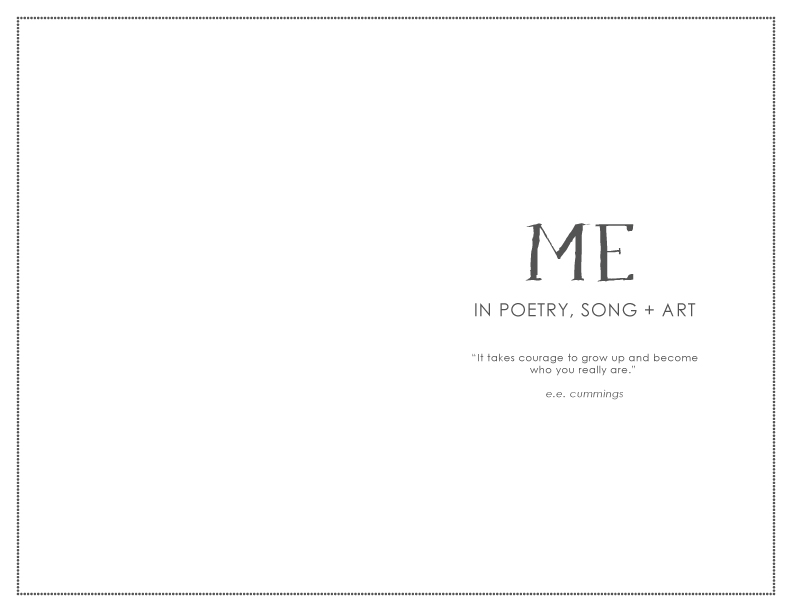
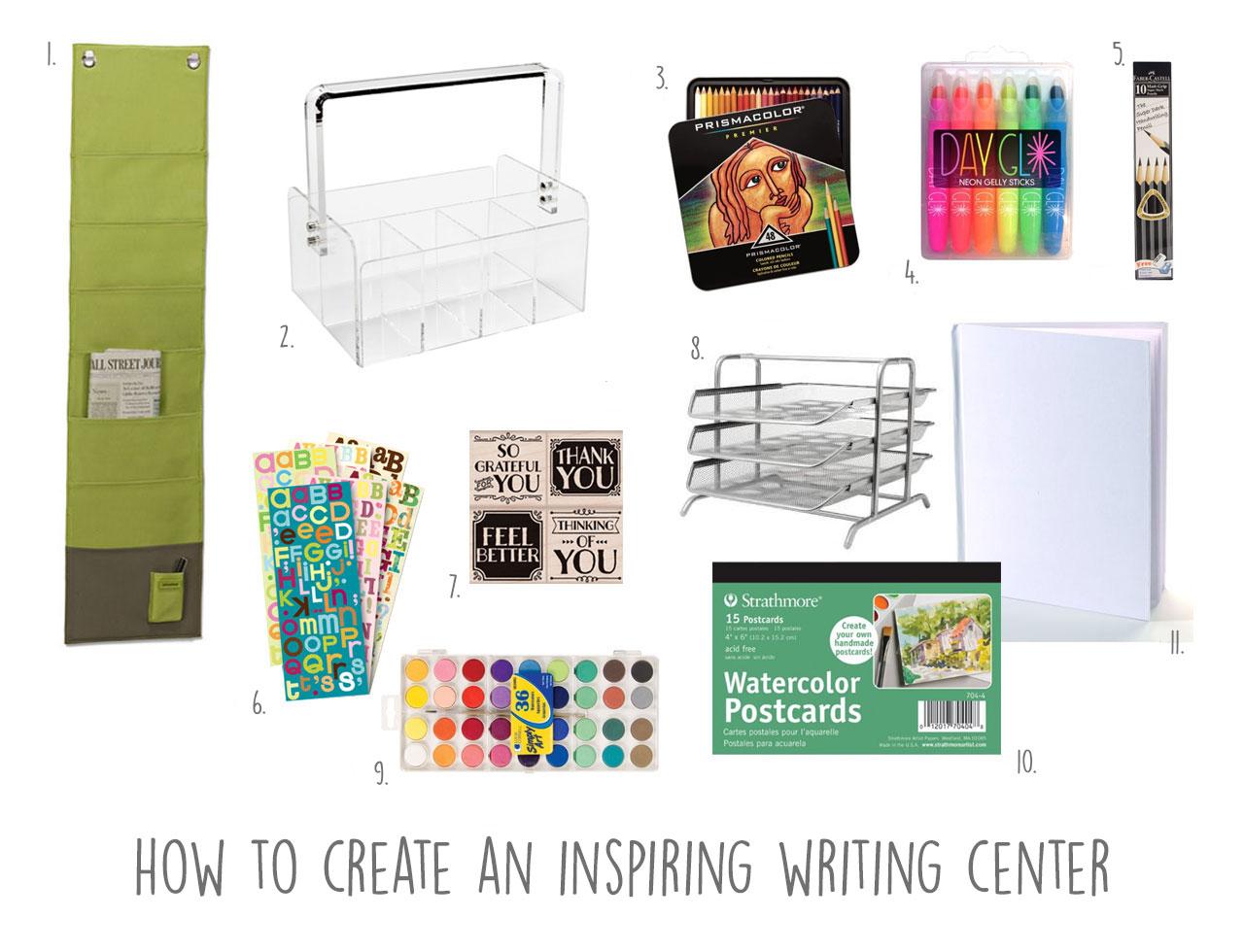
 The Dada art movement existed at the beginning of the 20th century and looked to explore meaning in art. They were interested in abstract and surreal ideas and challenged the conventional notions of what art means. So how does this translate to children?
The Dada art movement existed at the beginning of the 20th century and looked to explore meaning in art. They were interested in abstract and surreal ideas and challenged the conventional notions of what art means. So how does this translate to children?
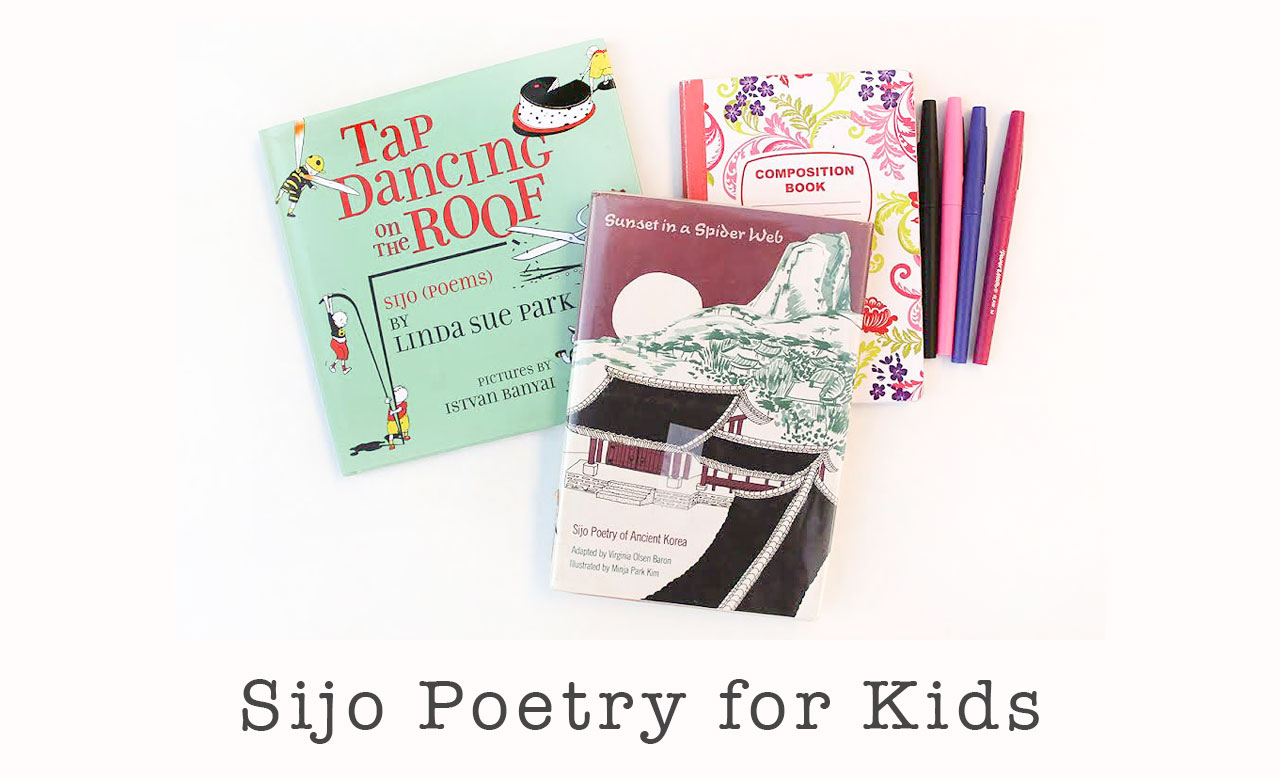 Once our children and students start to take an interest in writing poetry, we can introduce them to some of the different types of poetry. After exploring the format and syllabic structure of Haiku poem, students may take interest in writing an ancient Korean type of poem called the Sijo poem. Sijo poems also rely on a set number of stressed syllables but are a little longer in length than a Haiku poem. The fun and inviting thing about writing a Sijo poem is that each poem ends with a quirky ending such as a joke or a related twist.
Once our children and students start to take an interest in writing poetry, we can introduce them to some of the different types of poetry. After exploring the format and syllabic structure of Haiku poem, students may take interest in writing an ancient Korean type of poem called the Sijo poem. Sijo poems also rely on a set number of stressed syllables but are a little longer in length than a Haiku poem. The fun and inviting thing about writing a Sijo poem is that each poem ends with a quirky ending such as a joke or a related twist.